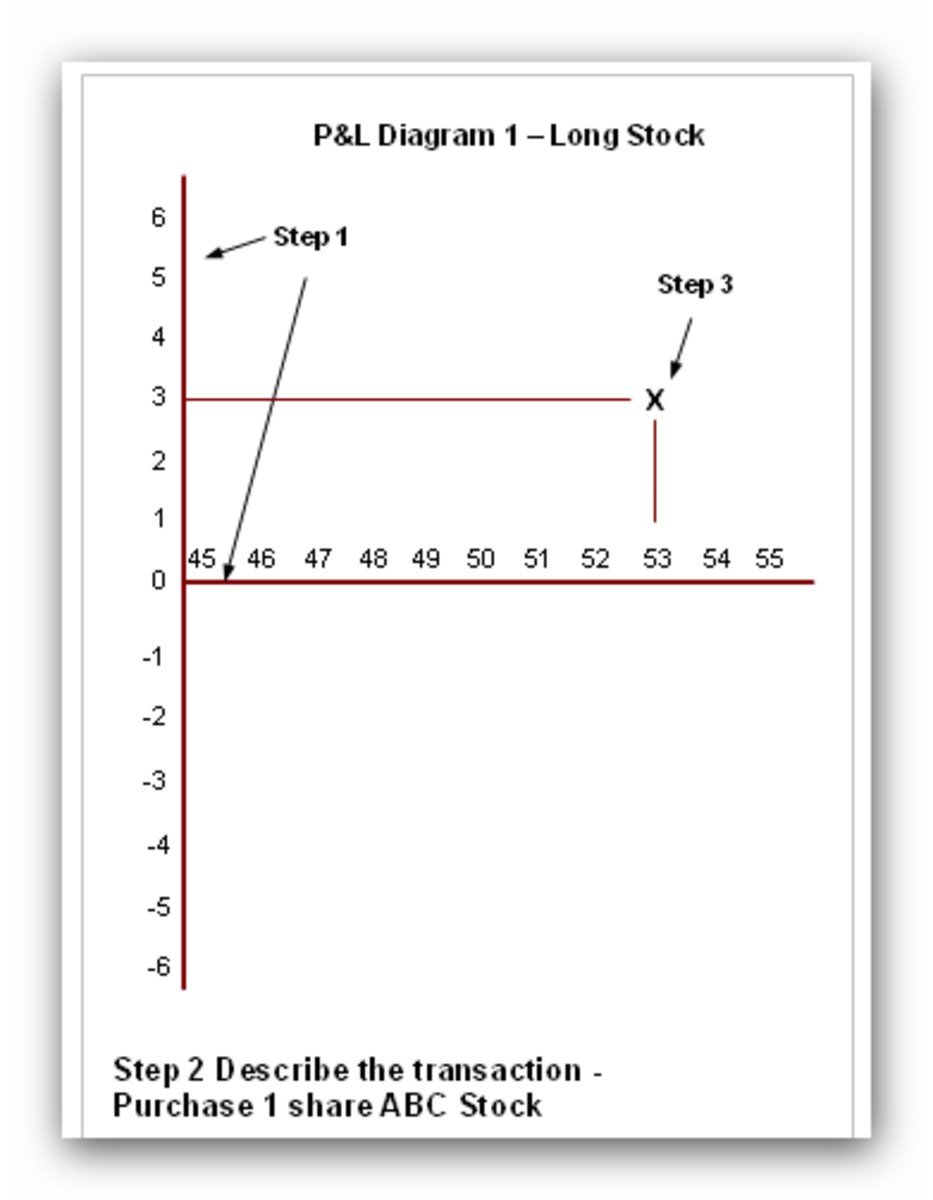Options - The Basics
How many readers have traded options?
Have you ever traded options?
Options Basics
Definition
An option is a financial contract where the seller (option writer) agrees to transact at a set future expiry date, at a fixed price (Strike Price) for a fixed quantity of the underlying asset. The buyer of the option pays an up front cash premium to the writer in return for the right but not the obligation to deal under the terms of the option.
Options can be written over Currencies, Interest rates, Bonds, Equities, Equity Indices, Precious metals and commodities. They are used for risk management, trading and income generation.
Call Option
A call option gives the buyer the right but not the obligation to buy a fixed amount of the underlying asset at a certain date at the strike price.
Put Option
A put option gives the buyer the right but not the obligation to sell a fixed amount of the underlying asset at a certain date at the strike price.
Exchange Traded Options
An exchange traded option (ETO) is traded on a formal market place such as an equities exchange or a commodities exchange. Exchange traded options will generally have fixed amounts, there is typically one expiry date per month and there will be a range of strike prices for each maturity. Generally the exchange will guarantee settlement of the options contract and will take collateral from the option writers to cover their risk/exposure. The key advantage of ETOs is that the price is set by the market. The key disadvantage is that ETO's are not tailored to the buyers specific needs and there can be a mismatch between the options terms and the buyers requirements. This is known as basis risk.
Over The Counter Options
Over the counter options are generally written by banks to enable their clients to manage risk. They can be tailored to suit the clients requirements for price, strike rate and expiry date. The key advantage of an OTC option is that the buyer can eliminate basis risk. The disadvantage is that the price is not transparent and the premium costs will in most circumstances be higher.
American or European Styled Options
A European styled option can only be exercised at maturity. An American styled option can be exercised at any time up to or upon maturity.
Price
Put simply the key determinants of price are:
Time value, the length of time to expiry.
Intrinsic value, the level of the strike price compared to the market price.
The volatility of the underlying asset or instrument.
The rate of change in volatility over time.
Risk
The risk to the buyer of a vanilla put or call option is the premium paid.
The risk to the seller of a vanilla call option is that the underlying asset rises in value beyond the strike price. If the option writer does not own the appropriate quantity of the underlying asset the writer will have to cash settle and the loss would be the difference between the strike and market price times the volume of asset stipulated in the option. The worst case is infinite.
The risk to the seller of a vanilla put option is that the underlying asset falls in value below the strike price. The option writer will be obliged to purchase at the strike price and either hold the underlying asset or cash settle. The loss will be the difference between the strike and market price times the volume stipulated in the contract. The worst case would be if the underlying asset was to become worthless.
Read The Details
Options are complex financial instruments. Wether you are transacting in ETO's or OTC options it is vital that you fully understand the product and any potential obligations you may incur.








